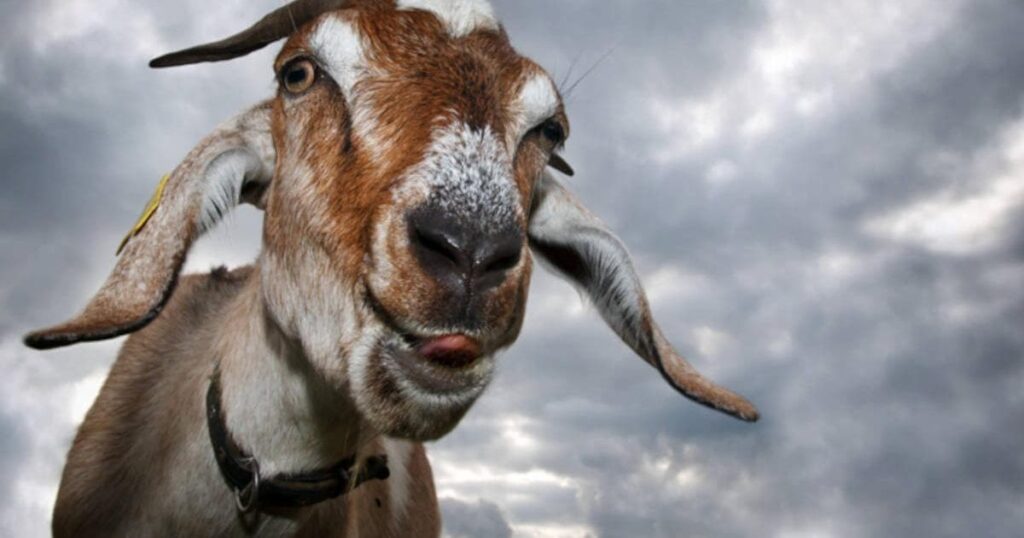The dawn of human civilization was said to be steeped in magic, rituals, sacrifices, and witchcraft. It was the golden age of sorcerers and spellcasters, when people turned to the supernatural to explain and influence the world around them.

The 330-Year-Old Witch’s Jar
Archaeologists have discovered strange “witch bottles” from centuries past—ceramic jars filled with pins, hair, or herbs—believed to ward off curses and evil spirits. These artifacts offer a glimpse into how seriously people once took witchcraft.
Why Were Witches Hunted?
In Europe, witchcraft was often blamed for disease, famine, or disaster. By the Middle Ages, anyone accused of sorcery could be tortured, burned, or hanged. Between the 13th and 18th centuries, thousands were executed in witch hunts across France, Switzerland, Germany, and even colonial America.
In Christian belief, witches were linked to the goddess Diana and seen as enemies of the Church. Fear of witchcraft fueled one of the darkest chapters of European history.
Spells and Rituals Across Cultures
Asia
In India, China, and Tibet, witchcraft blended with religious mysticism. Ancient travelers recorded ceremonies where sorcerers performed breathtaking feats—like sending a boy climbing a rope into the sky, only to magically restore his body after cutting him apart.
Buddhist tantric texts also describe mantras—sacred chants believed to repel demons, heal illness, or grant spiritual power.
Egypt and Greece
Egyptian magicians like those described in the Westcar Papyrus (1700 BCE) performed tricks such as beheading a person and restoring them to life. In Greece, priests in temples could open doors or light torches “by magic”—likely clever illusions that inspired awe.
Africa and the Americas
In Africa, witches were often feared as bringers of famine or disease. Villages in Ghana even built special compounds to isolate accused witches. In South America, tribal shamans performed healing rituals, dancing around fires and drawing “disease” out of patients.
Vietnam
In ancient Vietnam, shamans (thầy phù thủy) were believed to command spirits called âm binh. They could summon these ghostly soldiers to work fields at night or attack enemies. But such powers came with danger—if not properly dismissed, the spirits could turn against their master.
The Witch’s Power
Witchcraft rituals often included dance, drumming, chanting, and incense, creating trance-like states in participants. This combination of spectacle and psychology made sorcery both frightening and compelling.
Even today, scholars note that many “magical acts” were likely illusions or psychological techniques, but to ancient people, they were proof of real power.
The Legacy of Witch Hunts
The European witch hunts of the 14th–17th centuries marked a tragic era when fear and superstition led to mass executions. Both Catholic and Protestant authorities carried them out, especially during times of plague and social crisis.
Modern Witchcraft Traditions
While witchcraft is no longer feared as in the past, it continues to inspire art, literature, and festivals.
- In Germany, the city of Goslar hosts a Witches’ Festival every May 1, where practitioners showcase their traditions.
- The Netherlands even has schools of witchcraft, where students can study spells, rituals, and folklore before earning a certificate. Tuition can cost over €2,000.
- Modern witches must pledge never to use magic to harm others and to follow local law.
From Ancient Rituals to Harry Potter
Though science has explained away much of what was once called witchcraft, the fascination remains. From ancient spellbooks and rituals to modern fantasy like Harry Potter, witchcraft continues to capture human imagination—forever balancing between myth, mystery, and magic.

